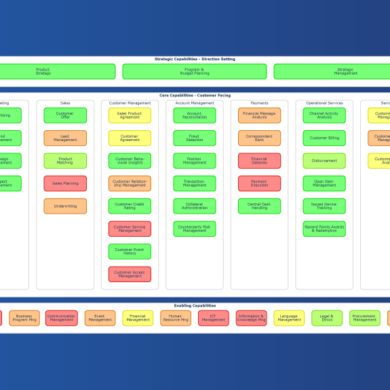By Kees van den Brink, Senior Manager Platform Architect, ServiceNow.
This blog title is derived from the famous quote by George E.P. Box from his paper “Science and Statistics”:
Box made this statement in relation to the use of statistical models by scientists, but I’ve found that it applies equally well to the use of open standards by enterprise architects and other digital practitioners.
Key take away from this blog:
o Standards can be useful when you:
o Learn and adopt from what makes sense
o Reject what does not fit
o Want to know more: Read “The Turning Point: A Novel about Agile Architects Building a Digital Foundation”
Frankly, standards can be very helpful and are necessary, like the TCP/IP standard, or even old standards such as the Baudot Code (https://en.wikipedia.org/wiki/Baudot_code), which helped early instances of what would later be called telecommunications companies grow fast, or the ISO Standards, which help with interoperability.
However, there are a lot of lesser-known standards that are not getting such broad adoption. Examples that come to mind are the IT4IT™ Standard, TOGAF® Standard, BIZBOK®, etc.
 ArchiMate is the modeling language of choice for most enterprise architects. When ArchiMate is communicated to a business audience, however, the default visualization is often perceived as too technical. To solve this, Bizzdesign is creating alternative ways of visualizing ArchiMate models, such as the Metro Map. The new Metro Map view visualizes dataflow or processes…
ArchiMate is the modeling language of choice for most enterprise architects. When ArchiMate is communicated to a business audience, however, the default visualization is often perceived as too technical. To solve this, Bizzdesign is creating alternative ways of visualizing ArchiMate models, such as the Metro Map. The new Metro Map view visualizes dataflow or processes… As we explained in our previous blog on capability assessment, to effectively assess Capabilities and execute Capability-Based Planning, we need to define three dimensions: Strategic Importance, Capability Maturity, and Adaptability, and measure them. Simply put, the first dimension lets you prioritize those capabilities that are most important to your enterprise; the second focuses on where…
As we explained in our previous blog on capability assessment, to effectively assess Capabilities and execute Capability-Based Planning, we need to define three dimensions: Strategic Importance, Capability Maturity, and Adaptability, and measure them. Simply put, the first dimension lets you prioritize those capabilities that are most important to your enterprise; the second focuses on where…